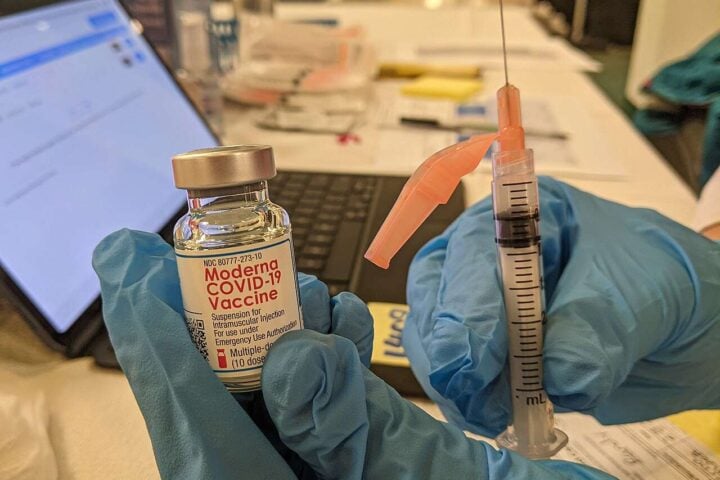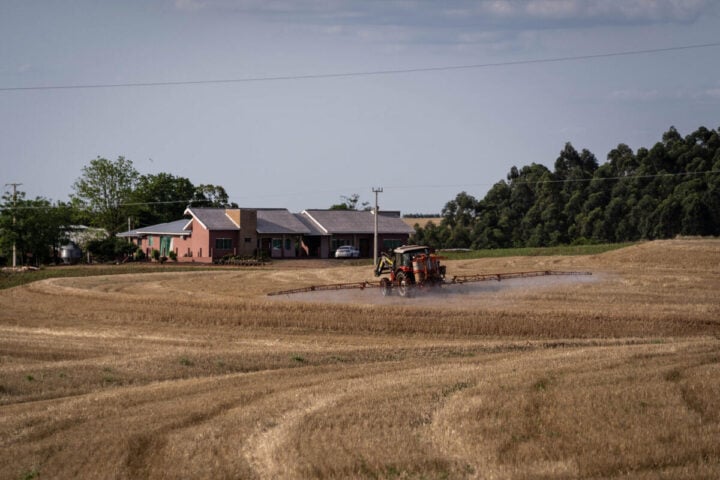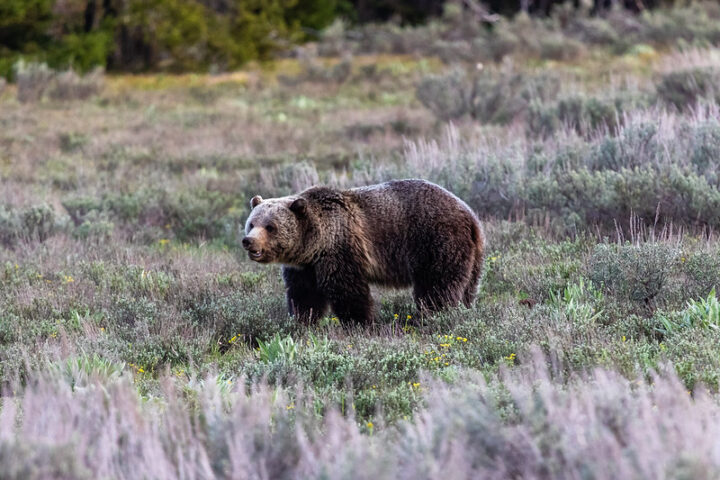Tiger Bass, also known as F1 Hybrid Largemouth Bass, are prized for trophy bass fishing due to their rapid growth and potential for enormous sizes. Certain types of vegetation provide the necessary structure and habitat for Tiger Bass to thrive and reach their full potential.
F1 hybrid largemouth bass are a cross between Northern-strain large mouths and Florida-strain large mouths. The first generation of crossbred fish, like the F1 hybrids, tend to grow fast and large. Crossing pure Florida and pure Northern large mouths results in offspring that grow better and larger.
F1 hybrids can grow approximately a pound per year, according to some estimates. The Virginia Department of Wildlife Resources recently stocked F1 fingerlings at Lake Anna, Claytor Lake, and Smith Mountain Lake. Submerged Aquatic Vegetation (SAV), such as hydrilla, milfoil, eelgrass, or coontail, can benefit Tiger Bass growth by providing cover, oxygenation, and a food source.
Similar Post
Emergent vegetation like cattails, bulrushes, and arrowheads offer additional cover and structure for Tiger Bass. Floating vegetation such as water lilies, water hyacinths, and duckweed can provide shade and attract prey for Tiger Bass to feed on.
Riparian vegetation, including trees, shrubs, and grasses along the shoreline, contributes to the overall health of the ecosystem and indirectly benefits Tiger Bass growth. Specific vegetation requirements may vary based on the region, climate, and characteristics of the lake or pond.
Consulting with local fisheries biologists or experienced anglers familiar with the area can provide valuable insights on the best vegetation choices for Tiger Bass growth. The recent stocking of F1 hybrids is an exciting development for anglers and businesses like Captain’s Quarters, which deals directly with anglers, sells bait and tackle, and rents boats.
The F1 stocking program has led to larger and bigger bass being caught at Captain’s Quarters over the years. The Virginia Department of Wildlife Resources will collect data to evaluate the effectiveness of the stocking program. The program aims to enhance the quality of the fishery and support businesses like Captain’s Quarters. Anglers and biologists anticipate further growth and larger bass in the future due to the stocking of F1 hybrids.


















